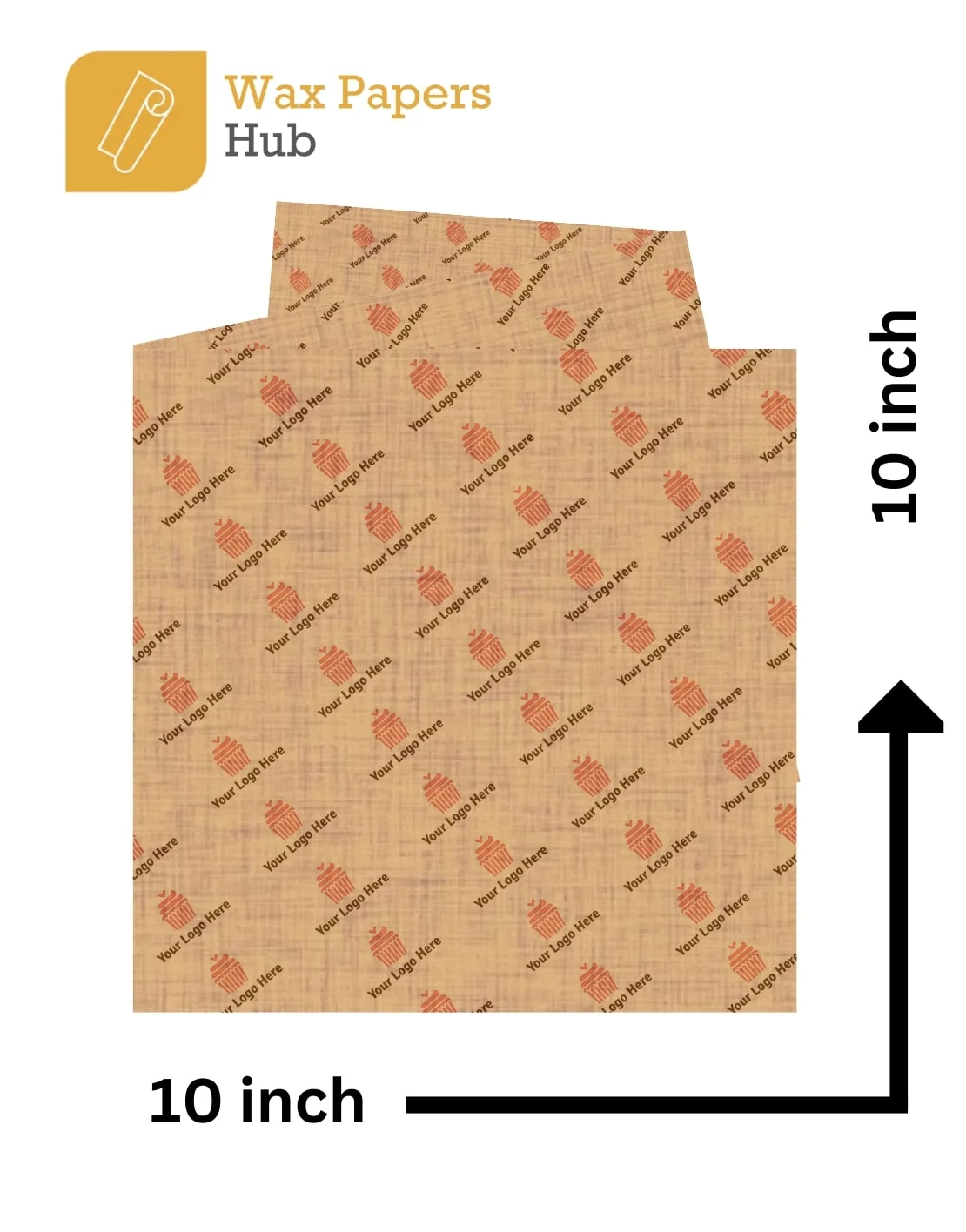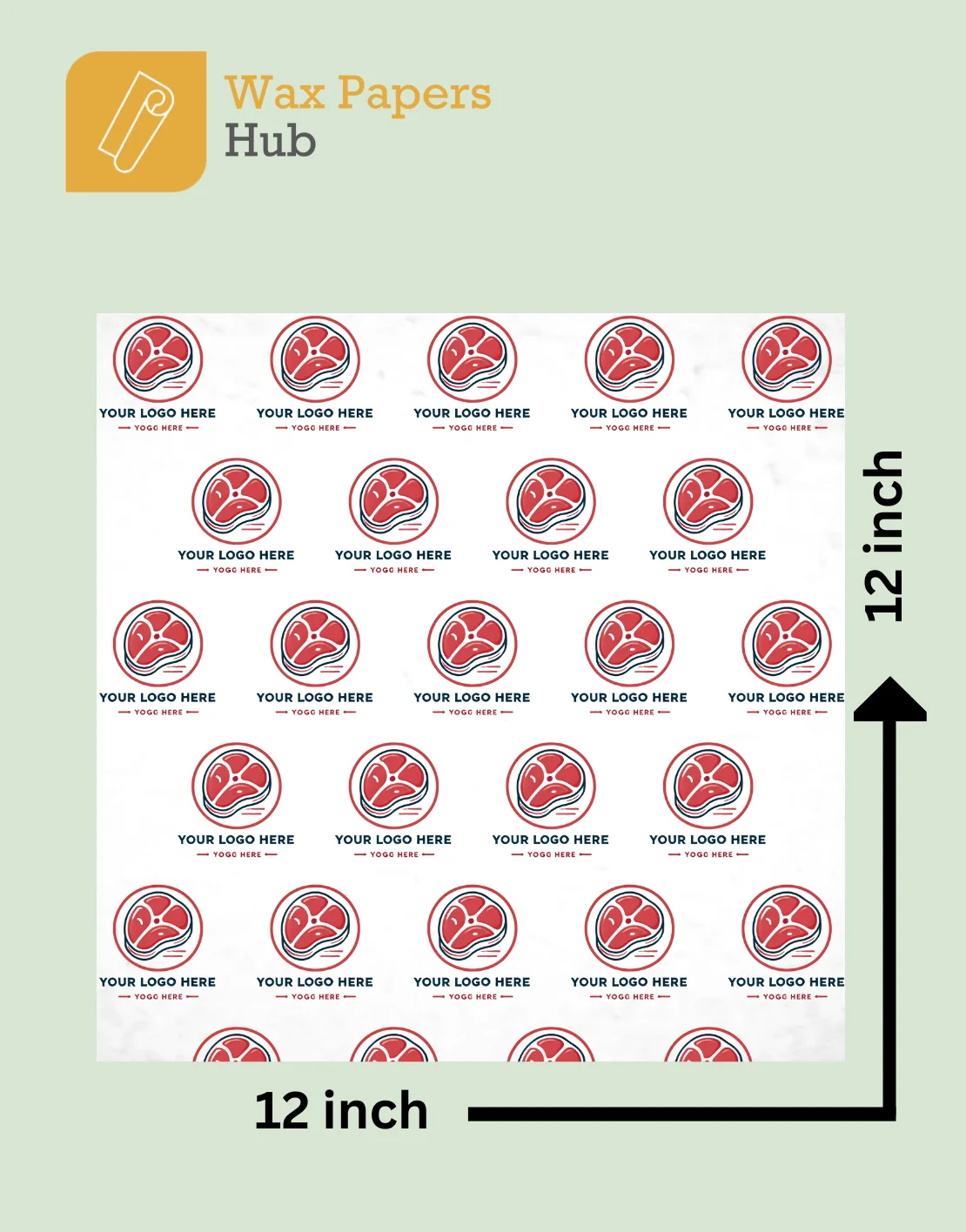Introduction:
In an era where sustainability is a paramount concern, the fashion and textile industry is undergoing a transformation towards eco-friendly materials. Hemp Fabric is emerging as a game-changer in this shift, offering a sustainable alternative that not only benefits the environment but also provides excellent quality and versatility for fashion and beyond.
The Hemp Revolution:
Hemp, a plant from the Cannabis sativa family, has a long history of cultivation dating back thousands of years. It’s known for its versatile applications, including textiles. So The resurgence of hemp as a textile material is driven by its eco-friendly qualities and its ability to address some of the environmental challenges associated with traditional textile production.
Eco-Friendly Attributes:
- Sustainable Growth: Hemp is a low-impact crop that grows rapidly without the need for pesticides or excessive water. It can thrive in a variety of climates, making it an eco-friendly choice for textile production.
- Minimal Environmental Footprint: Hemp cultivation requires fewer resources compared to cotton, such as water and land. It also absorbs more carbon dioxide from the atmosphere during its growth cycle.
- Biodegradable: Hemp fabric is biodegradable, which means it naturally decomposes at the end of its life cycle, reducing the burden of textile waste.
Benefits of Hemp Fabric:
- Durability: Hemp fabric is known for its durability and longevity. It becomes softer with each wash while maintaining its strength, making it a sustainable choice for long-lasting clothing.
- Breathability: Hemp fabric is highly breathable, making it comfortable to wear in various climates. It wicks moisture away from the body, keeping you cool and dry.
- Versatility: Hemp fabric can be used for a wide range of products, from clothing and accessories to home textiles like curtains and bed linens. So Its versatility in design and style options is expanding as designers and manufacturers embrace this eco-friendly material.
- Hypoallergenic: Hemp fabric is naturally hypoallergenic and resistant to mold and UV rays, making it an excellent choice for individuals with sensitive skin.
Challenges and Opportunities:
While hemp fabric offers numerous benefits, there are challenges to its widespread adoption. These include limited availability, higher production costs compared to conventional textiles, and misconceptions about its association with marijuana.
However, as awareness of hemp’s potential grows and technology advances, these challenges are being addressed. Innovations in processing and increased demand for sustainable fashion are driving investment and growth in the hemp textile industry.
Conclusion:
Hemp fabric is a remarkable and sustainable textile option that aligns perfectly with the growing global interest in eco-conscious living. So As consumers become more environmentally aware, hemp’s popularity is expect to continue to rise, creating opportunities for sustainable fashion brands and contributing to a greener and more sustainable future for the textile industry.



